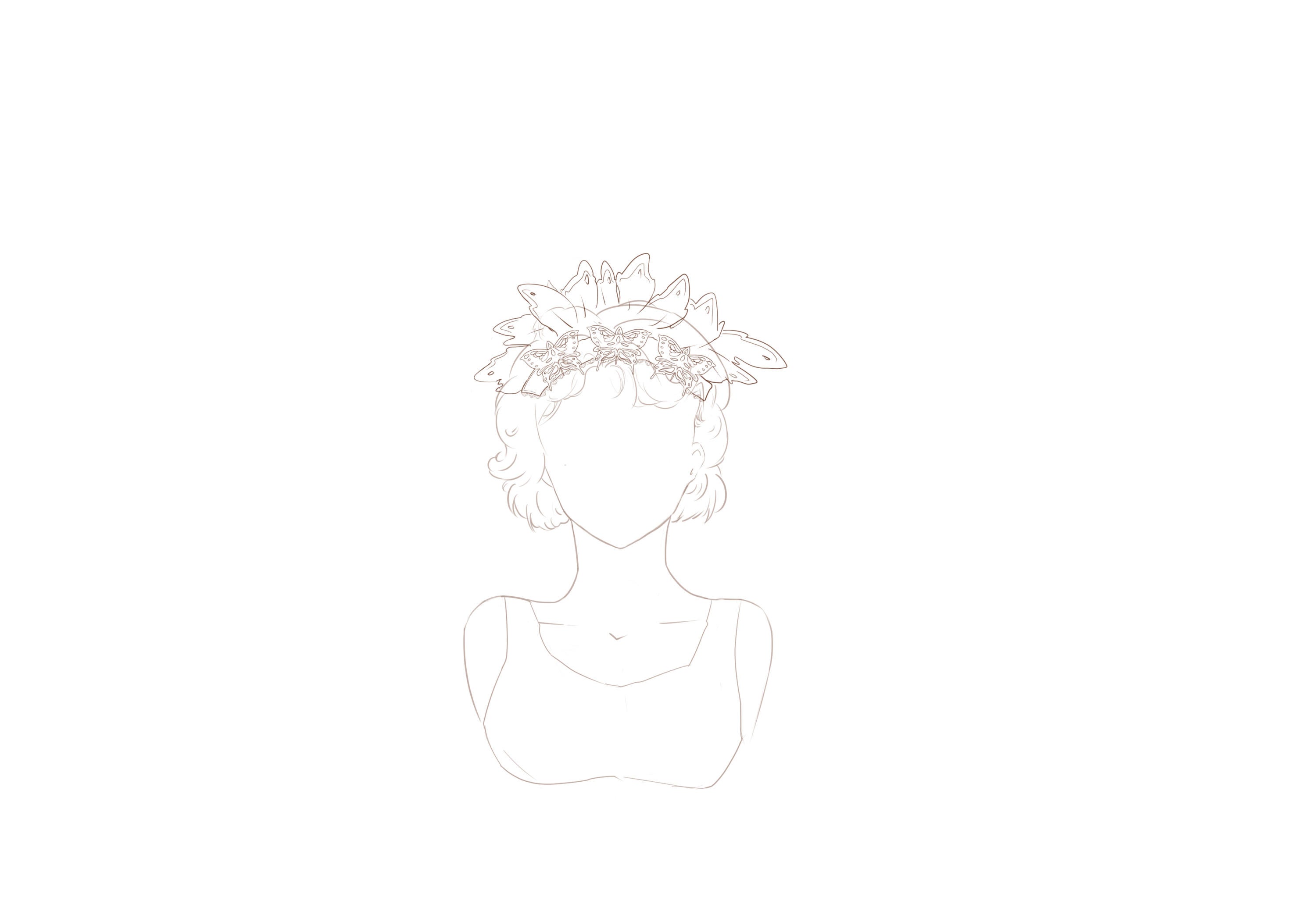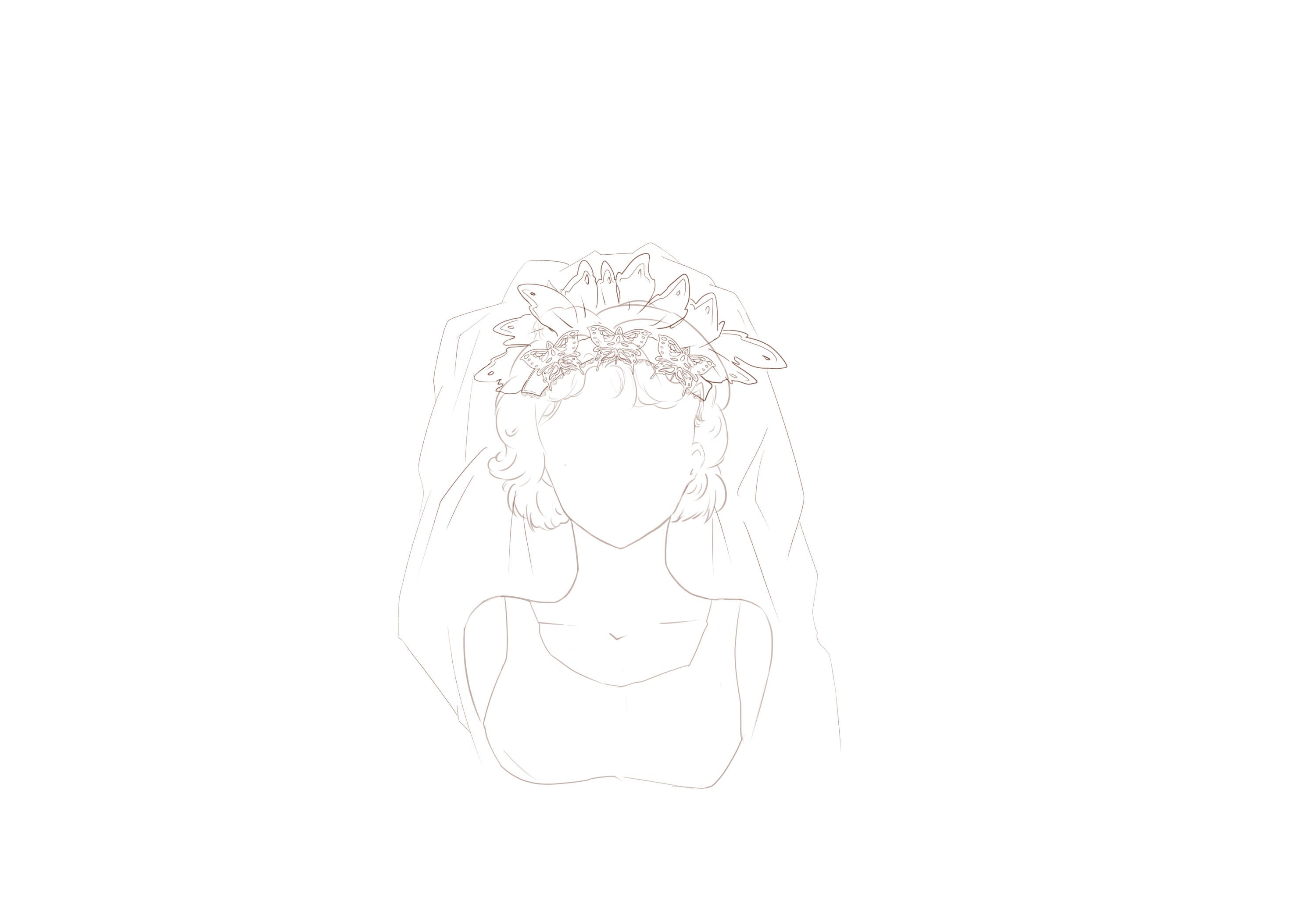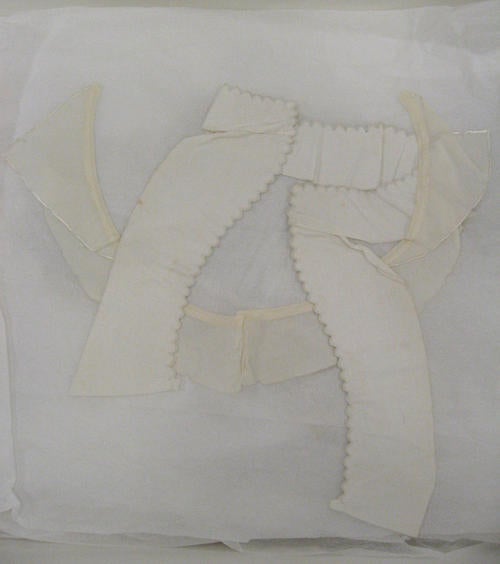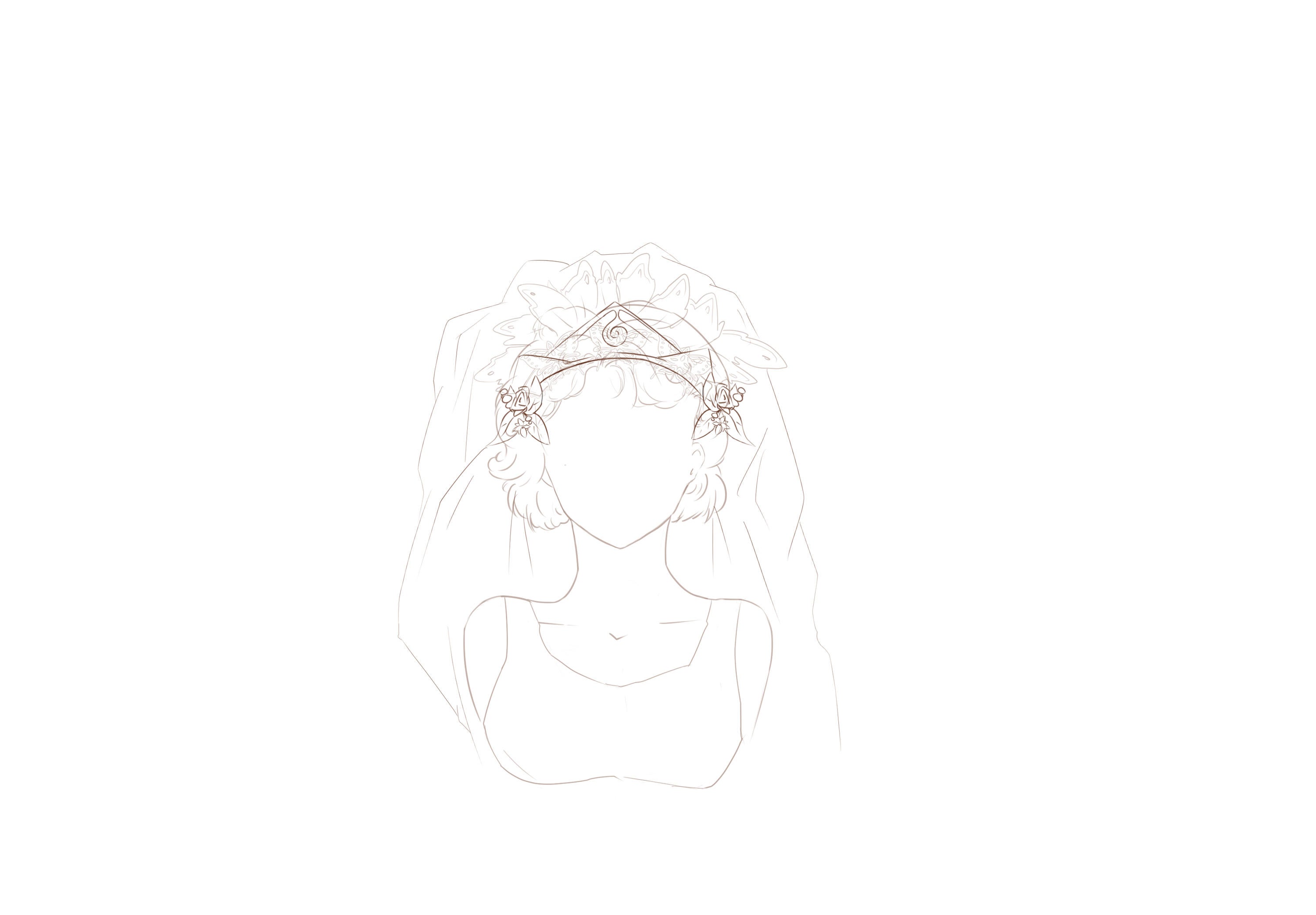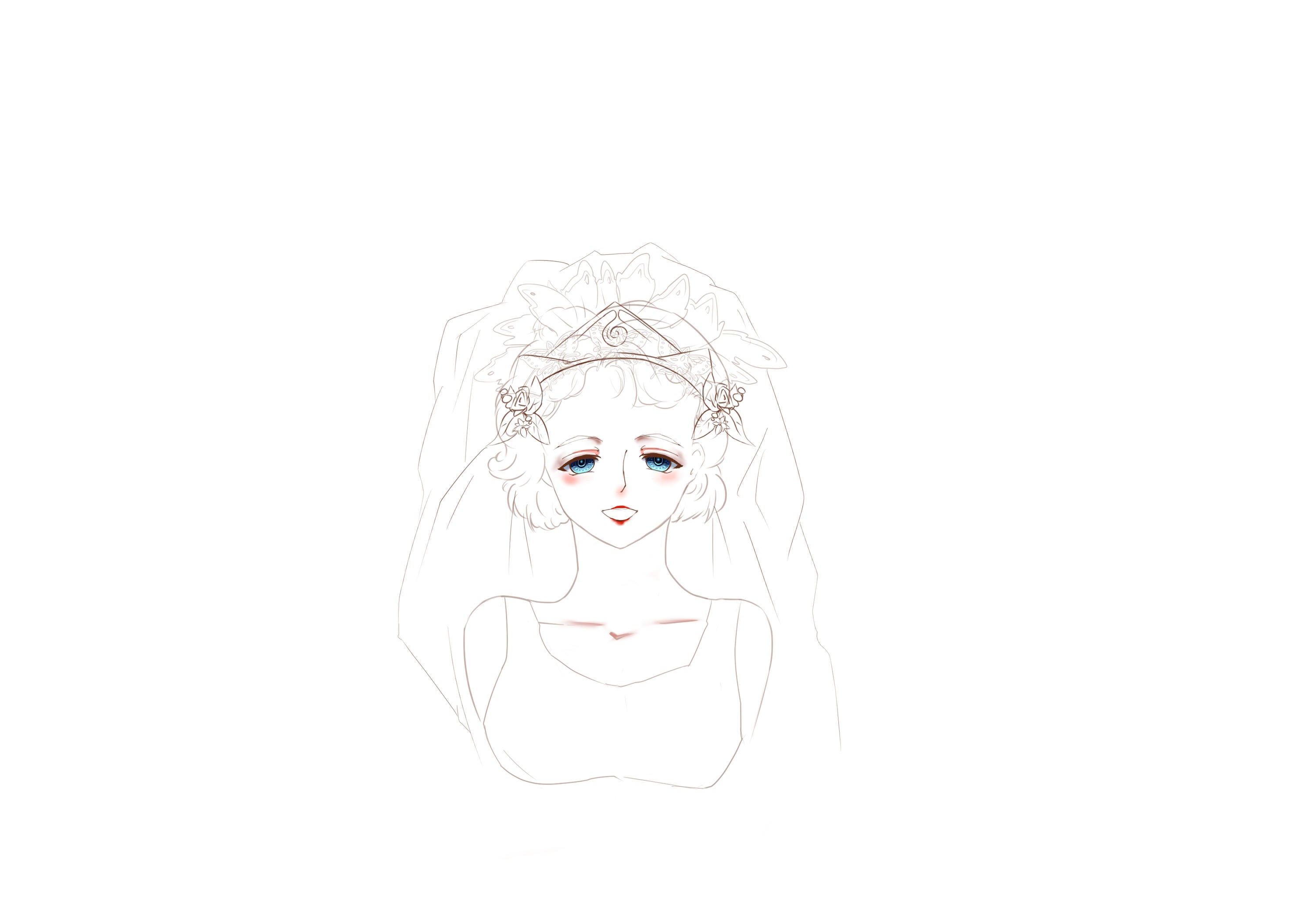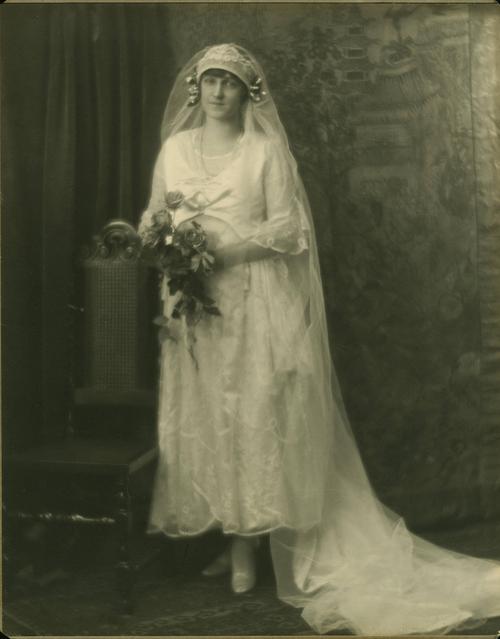Dana Porter Library, first floor
University of Waterloo Library
Waterloo, Ontario N2L 3G1
519-888-4567 x42619 or x42445
Recent blog posts
Blog topics
-
1492LandBackLane (1)
-
1900s (2)
-
Abyssinia (1)
-
advertisements (1)
-
album (1)
-
anatomy (1)
-
anniversary (1)
-
anti-suffragists (1)
-
archives (25)
-
arithmetic (1)
-
art (1)
-
autographs (2)
-
automation (1)
-
awards (1)
-
badges (1)
-
bank fraud (1)
-
barcodes (1)
-
beer (1)
-
Birth Control (1)
-
BLIND DATE (1)
-
book collection (1)
-
books (19)
-
bookworms (1)
-
botany (1)
-
Britain (1)
-
British history (1)
-
Burns (1)
-
Cambodia (1)
-
Canadian history (1)
-
casinos (1)
-
Catholicism (1)
-
censorship (1)
-
Charles Dodgson (1)
-
Chinese history (1)
-
clothing (2)
-
co-op (2)
-
co-op students (2)
-
cocoa (1)
-
community (1)
-
conservation (1)
-
correspondence (1)
-
COVID-19 (1)
-
Crochet (1)
-
culture (1)
-
Dance (1)
-
dancing (1)
-
detective (1)
-
dolls (1)
-
Drama (1)
-
Drawing (1)
-
ectoplasm (1)
-
Eid (1)
-
Eid Celebration (1)
-
eldritch horror (1)
-
employment (1)
-
Englishmen (1)
-
Eric McCormack (1)
-
Euclid (1)
-
Eugenics (1)
-
examinations (1)
-
exams (1)
-
exercise (1)
-
facsimiles (1)
-
fairy tales (1)
-
farms (1)
-
Fashion (1)
-
FINE ARTS (1)
-
fire (1)
-
five year plans (1)
-
flowcharts (1)
-
Frenchmen (1)
-
gas masks (1)
-
geese (1)
-
gender studies (1)
-
gender violence (1)
-
geography (1)
-
ghosts (2)
-
H.P. Lovecraft (1)
-
hidden art (1)
-
HIST250 (1)
-
history (6)
-
holy books (1)
-
horror fiction (2)
-
hydrography (1)
-
illustrations (1)
-
Indigenous (1)
-
inflation (1)
-
insects (1)
-
introduction (1)
-
journalists (1)
-
Kaufman Shoes (1)
-
Kitchener (2)
-
knitting (1)
-
Lady Aberdeen (1)
-
landscapes (1)
-
Latin (1)
-
Lewis Carroll (1)
-
LGBT studies (1)
-
libraries (1)
-
local history (1)
-
Lydia Dotto (1)
-
magazines (1)
-
magic (1)
-
mandibles (1)
-
marbling (1)
-
Marie Stopes (1)
-
media (1)
-
medicine (2)
-
Michael Fritsch (1)
-
midwifery (1)
-
murder (2)
-
mushroom (1)
-
mysteries (1)
-
mysticism (1)
-
Noel Hynes (1)
-
Novels (1)
-
nursery rhymes (1)
-
occult (2)
-
opera singers (1)
-
optimism (1)
-
outreach (1)
-
oxygen (1)
-
paleontology (1)
-
pharmacy (1)
-
photographs (5)
-
planning (1)
-
playboys (1)
-
Poetry (1)
-
pop-up books (1)
-
prejudice (1)
-
Pride (4)
-
pulp (1)
-
quietism (1)
-
quotes (1)
-
radio (1)
-
Ramadan (1)
-
rare books (11)
-
rates (1)
-
rationing (1)
-
religion (1)
-
repurposing (1)
-
research (1)
-
restaurants (1)
-
Romance (1)
-
rubber (1)
-
Sardinia (1)
-
satire (1)
-
science (1)
-
scrapbook (1)
-
scrapbooks (1)
-
seances (1)
-
Second World War (1)
-
Shoes (1)
-
smuggling (1)
-
Sorels (1)
-
spatulas (1)
-
spelling (1)
-
spiritualism (3)
-
spirituality (1)
-
staff (1)
-
Stamps (1)
-
steamships (1)
-
Stephen King (1)
-
Stranger Things (1)
-
students (3)
-
suffragists (3)
-
surveys (1)
-
telephones (1)
-
theatre (1)
-
theosophy (2)
-
Transcription (1)
-
trumpets (1)
-
typefaces (1)
-
urban planning (1)
-
vases (1)
-
volleyball (1)
-
waltzing (1)
-
wand (1)
-
water towers (1)
-
Waterloo (1)
-
Wedding (1)
-
women (1)
-
Women Studies (1)
-
women's studies (6)
-
Womens Rights (1)
-
world war i (1)
-
World War II (4)
-
WS (2)
-
zero gravity (1)
Blog posts by audience
- Post-doctoral fellows (1)
- Current students (12)
- Everyone (2)
- Future students (9)
- Faculty (10)
- Staff (10)
- Alumni (10)
- Parents (8)
- Donors | Friends | Supporters (9)
- Employers (7)
- International (7)
- Media (8)
Blog posts archive
The evolution of women's fashion proceeds as changes occur in human history. As people take in the information around them they change their tastes on everything. That includes how they define beauty. For me as a Fine Art student who is attracted by the changing definition of beauty, I am interested in how evolving concepts of beauty influence people's outfits. In addition, because outfits change that means what a woman has to wear under her fancy dresses is also going to change.
What I really want to explore is in what order a woman in the 20th century wears her garments. I am unable to find any reference image or photo in our collection that can inform me how exactly a woman wears her dress but I did find some wedding photos and wedding dresses that belong to the Breithaupt Hewetson Clark Family. Wedding dresses as a important part of fashion are also able to reflect the tastes of the era. Thus I think I may be able to find some clues from the actual wedding dresses that belonged to Rosa Melvina Breithaupt Hewetson Clark, daughter of Louis Jacob Breithaupt and Emma Breithaupt (nee Devitt).
This donation contains different pieces of Rosa's wedding gown which gives me the chance to identify each of their functions, how they should be worn and when can they be put on the bride. My final results after I have done much research and drawing studies is this series of drawings that shows my best guess for what steps a bride takes to wear her wedding gown.
ENVELOPE CHEMISE
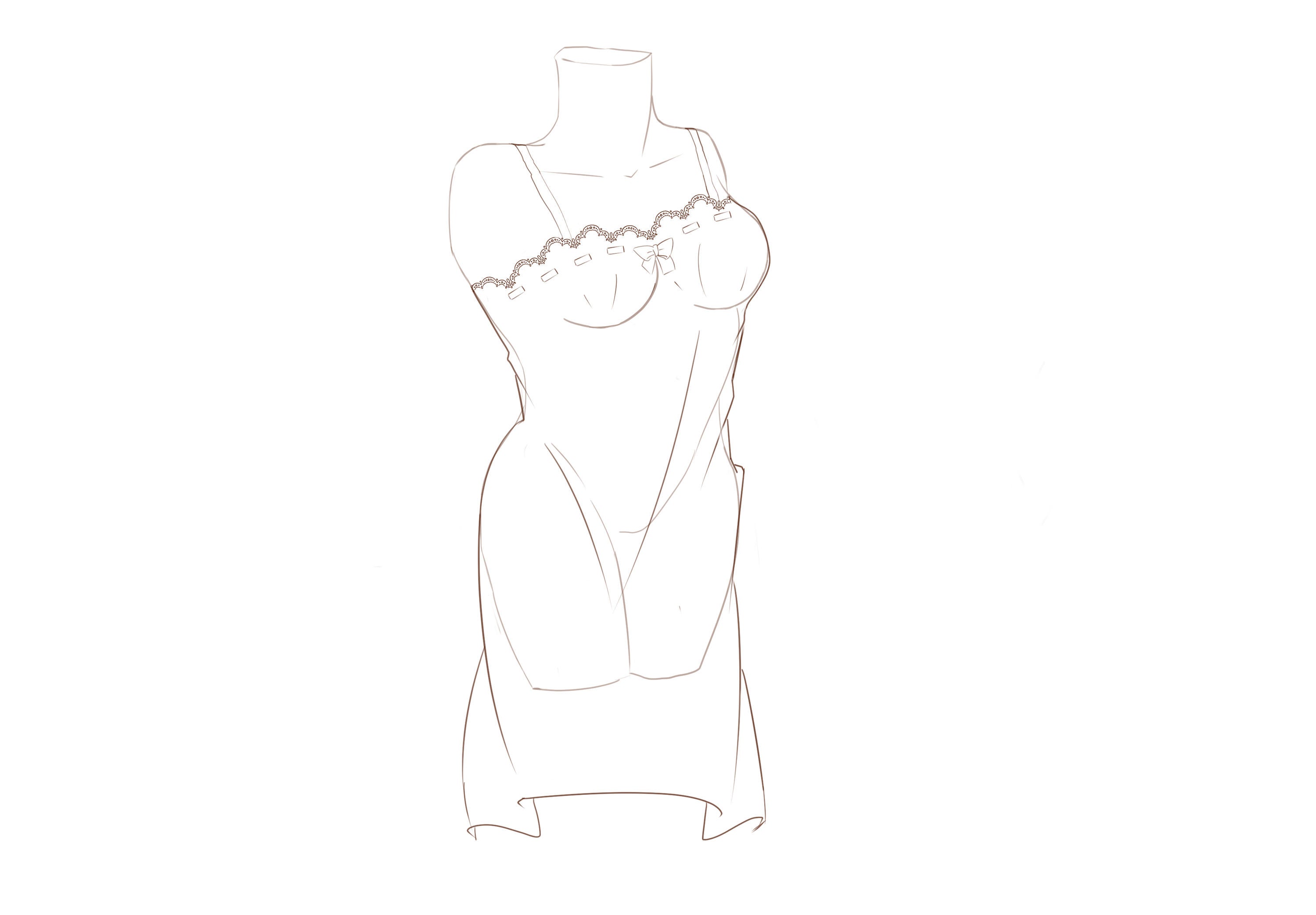 This is the very first step a bride has to take and it is called the envelope chemise. It is just like the brassiere a modern woman wears before they put their other clothes on. However, the difference is that the envelope chemise is more lose like nightwear. In order to prove my idea I have found a YouTube video Getting Dressed in the 18th Century and it shows that envelope chemises can be worn as nightclothes and the flexibility of the fabric makes it comfortable.
This is the very first step a bride has to take and it is called the envelope chemise. It is just like the brassiere a modern woman wears before they put their other clothes on. However, the difference is that the envelope chemise is more lose like nightwear. In order to prove my idea I have found a YouTube video Getting Dressed in the 18th Century and it shows that envelope chemises can be worn as nightclothes and the flexibility of the fabric makes it comfortable.
STOCKINGS
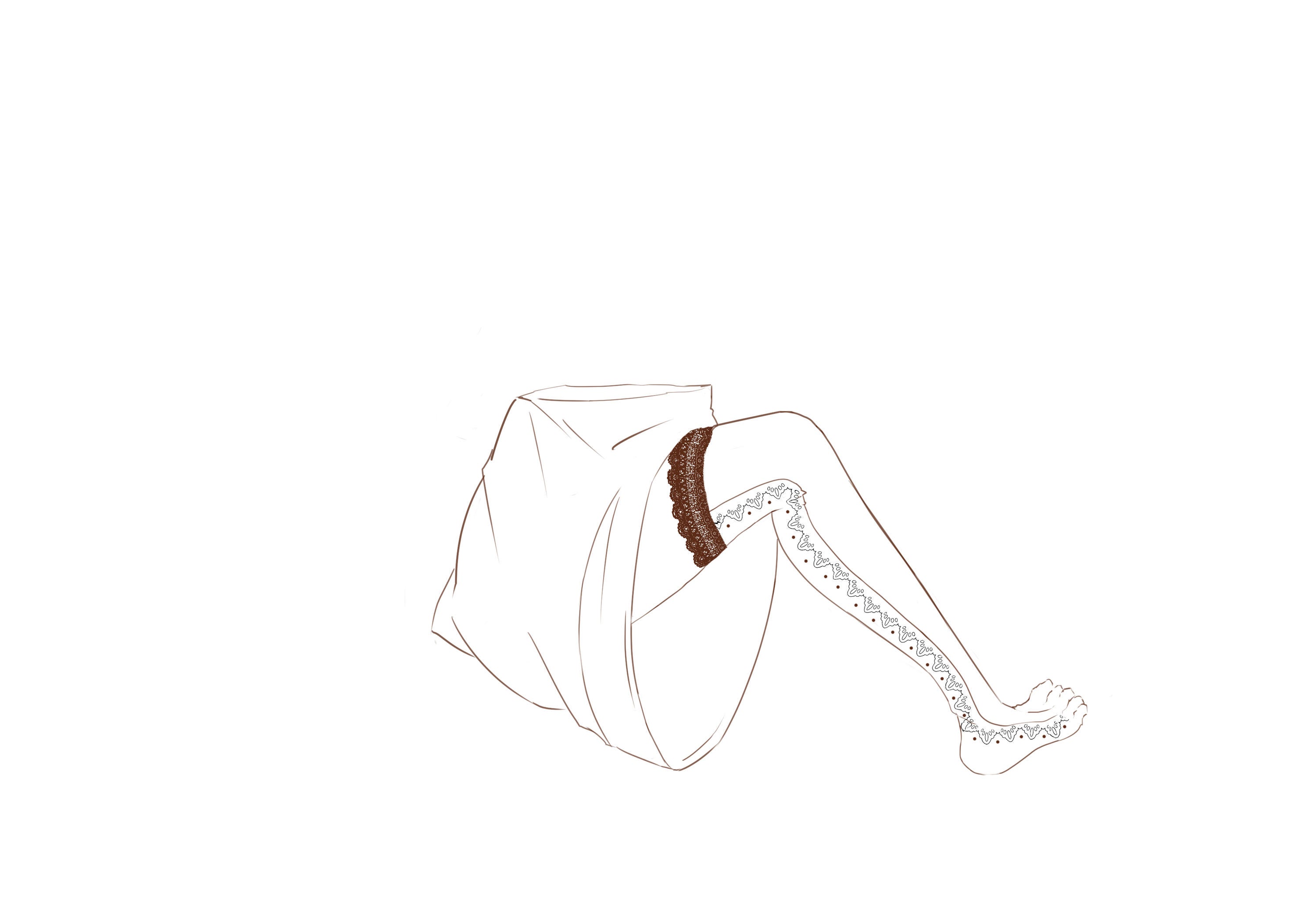
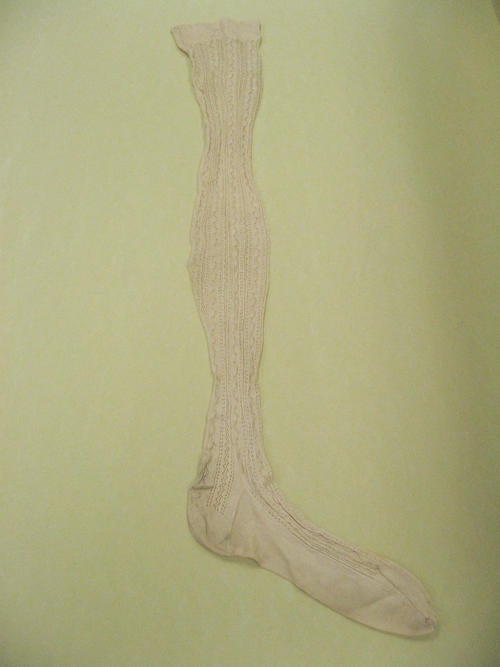
PETTICOAT
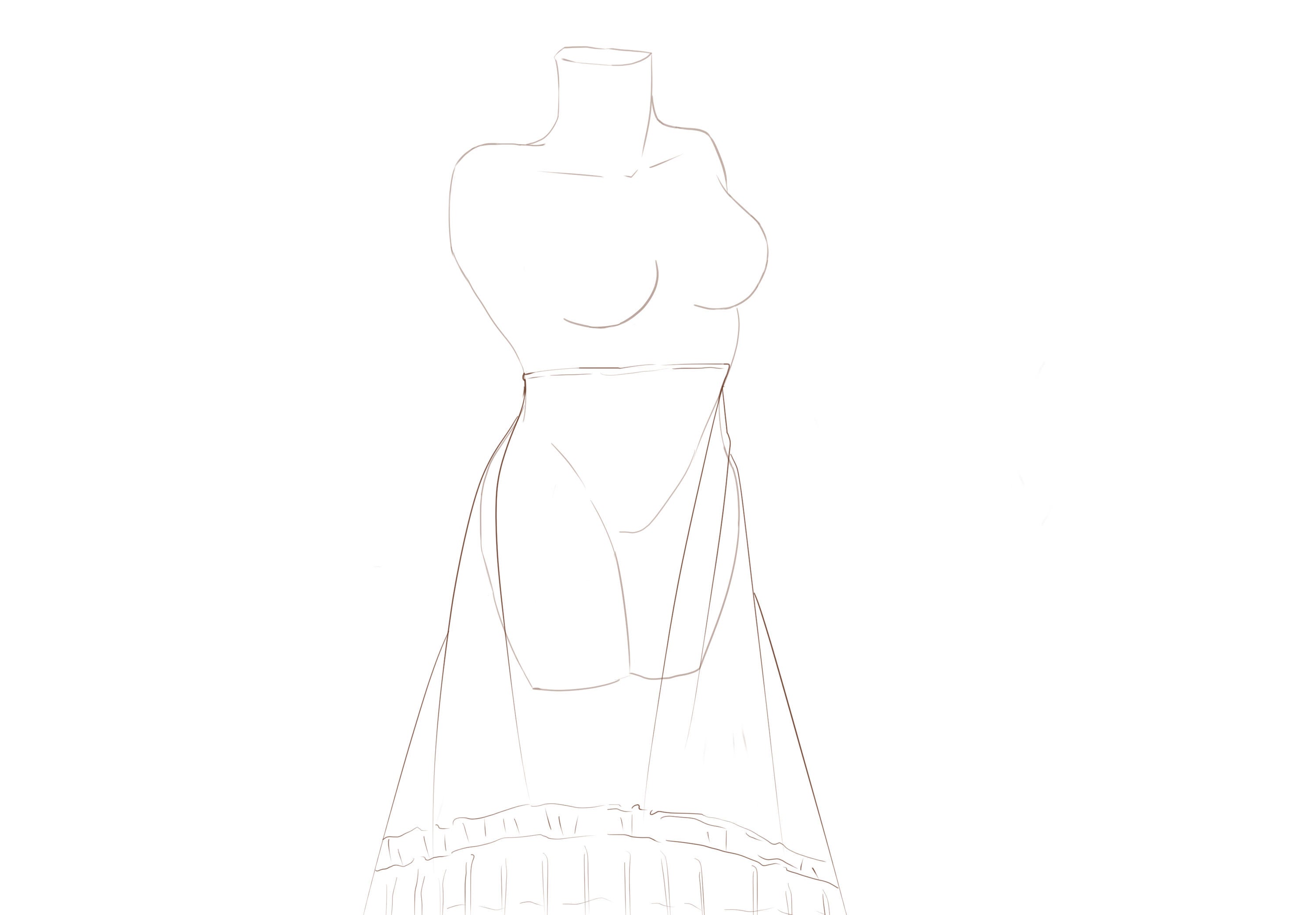
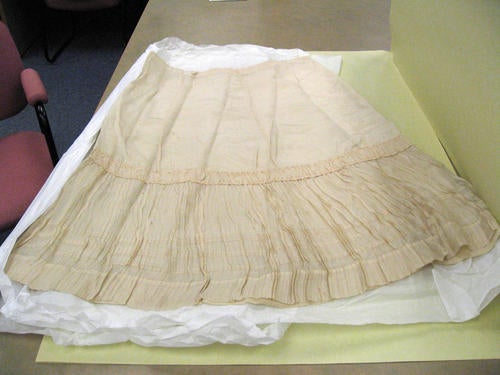
CORSET
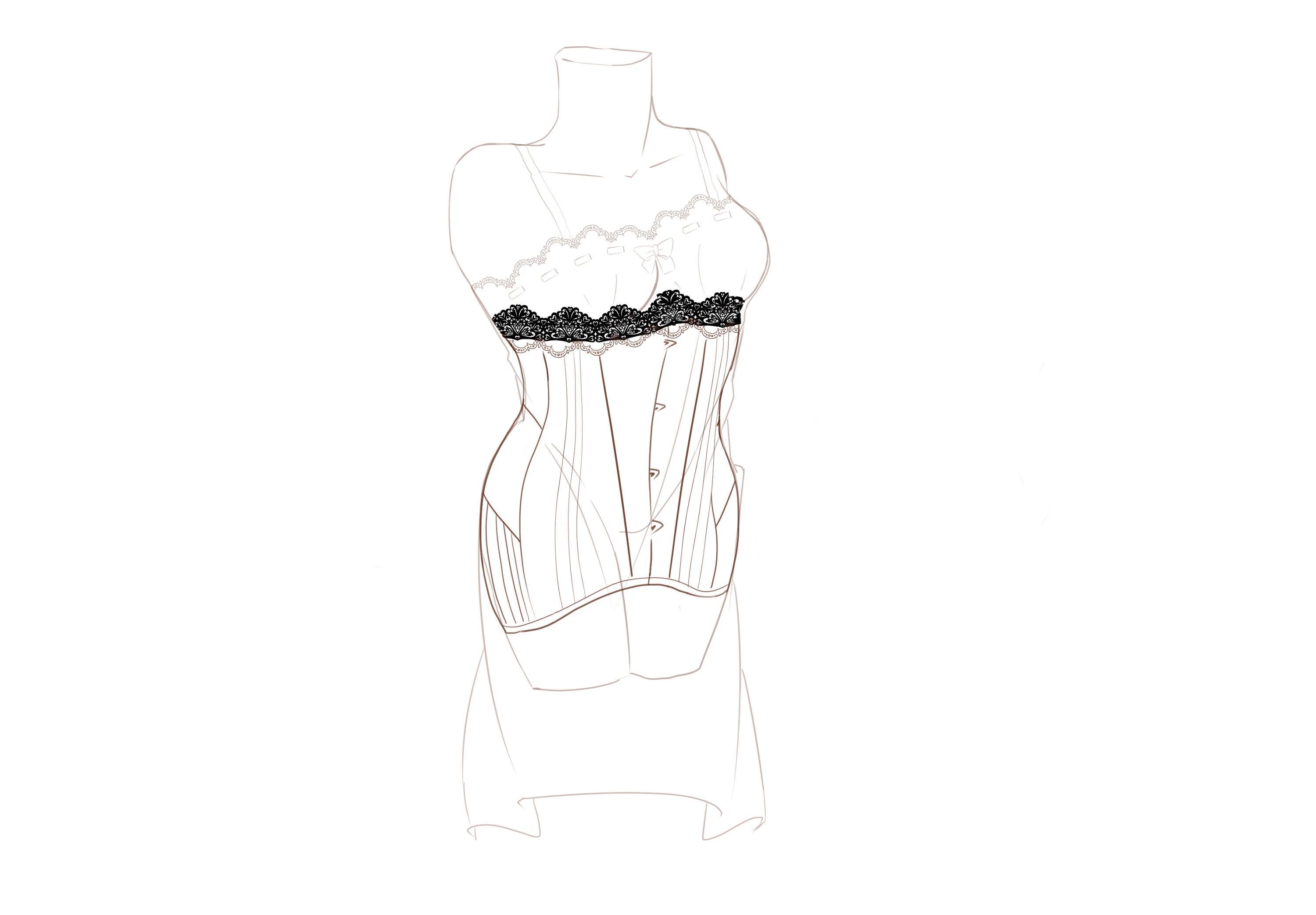 This is the corset, one of the most symbolic pieces of clothing that identifies the difference of the taste of beauty between modern and old-fashioned. The corset I drew here is a little bit different from my reference image provided on page 88-89 of New York styles: fall and winter 1919-1920. because the stocking Rosa wore did not have suspender clips. Thus, it is possible that the corset she wore is different from the modern design. The corset laces that control the tightness of the garment are located on the back of the corset which is similar to the 18th century's design.
This is the corset, one of the most symbolic pieces of clothing that identifies the difference of the taste of beauty between modern and old-fashioned. The corset I drew here is a little bit different from my reference image provided on page 88-89 of New York styles: fall and winter 1919-1920. because the stocking Rosa wore did not have suspender clips. Thus, it is possible that the corset she wore is different from the modern design. The corset laces that control the tightness of the garment are located on the back of the corset which is similar to the 18th century's design.BRASSIERE
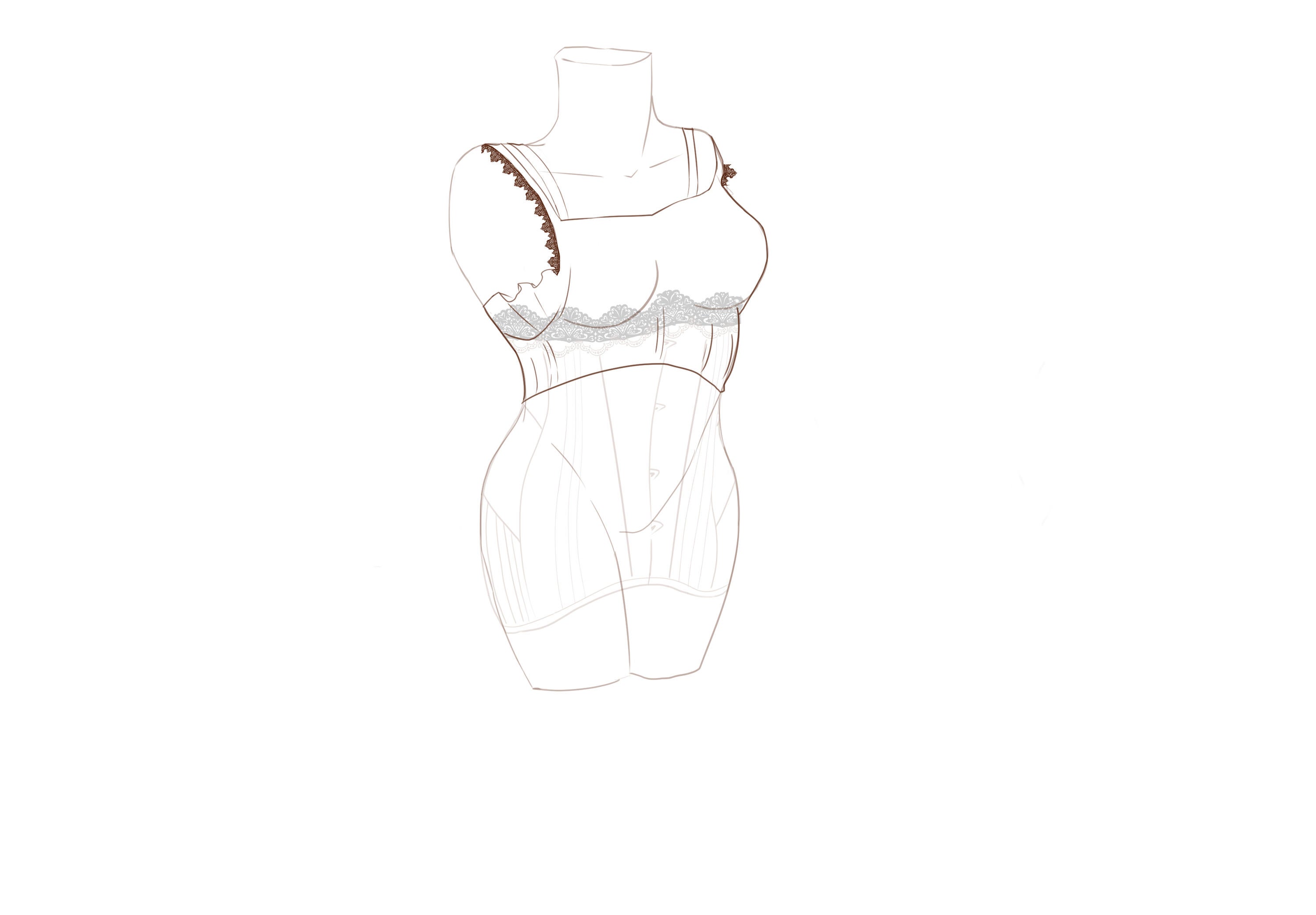
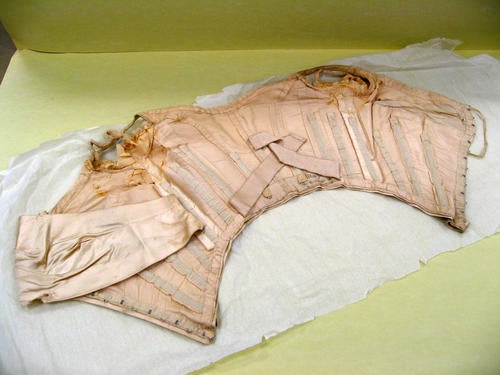
TRAIN
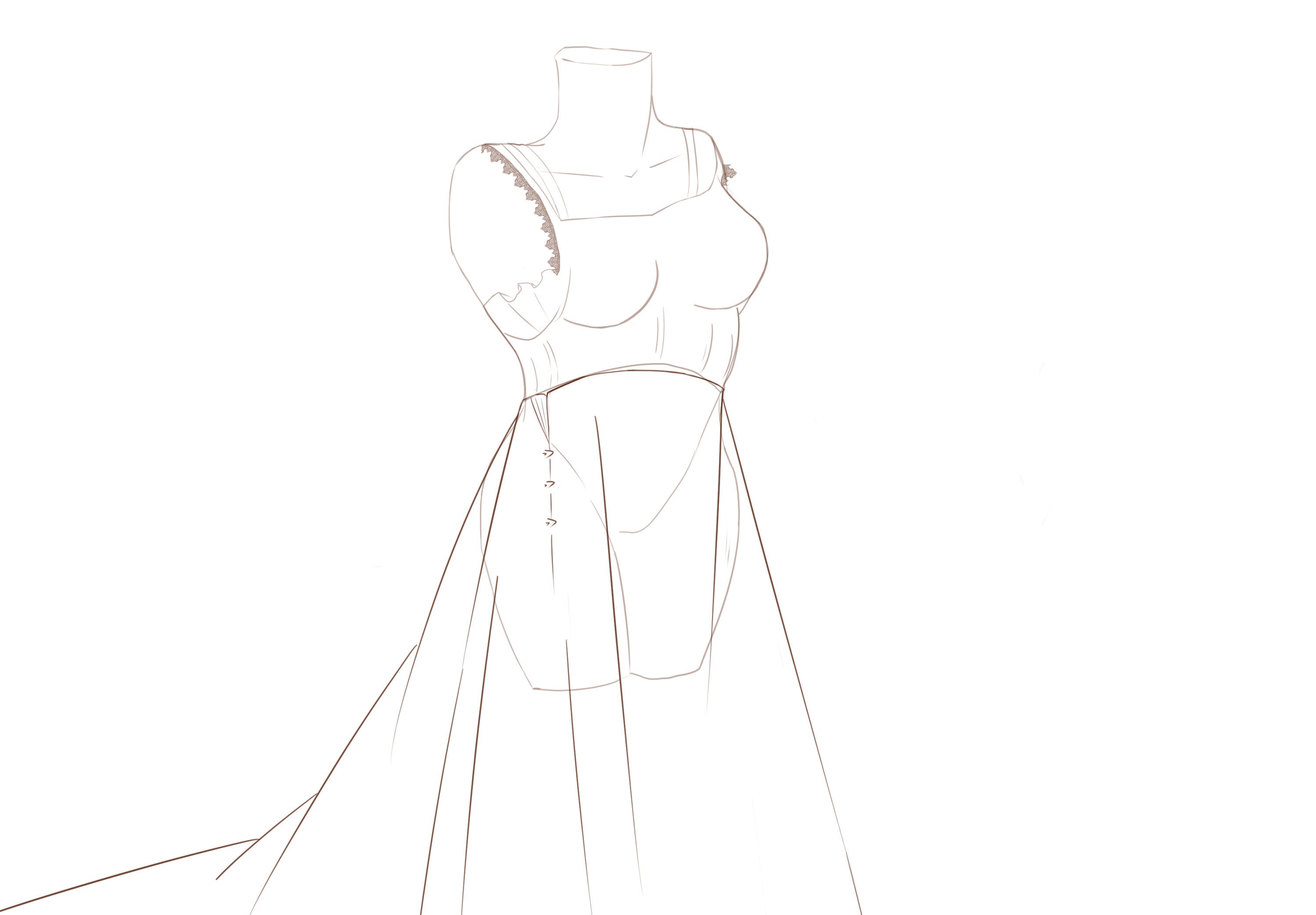
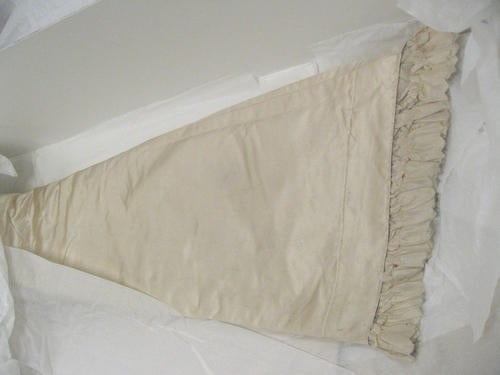
CORSET COVER
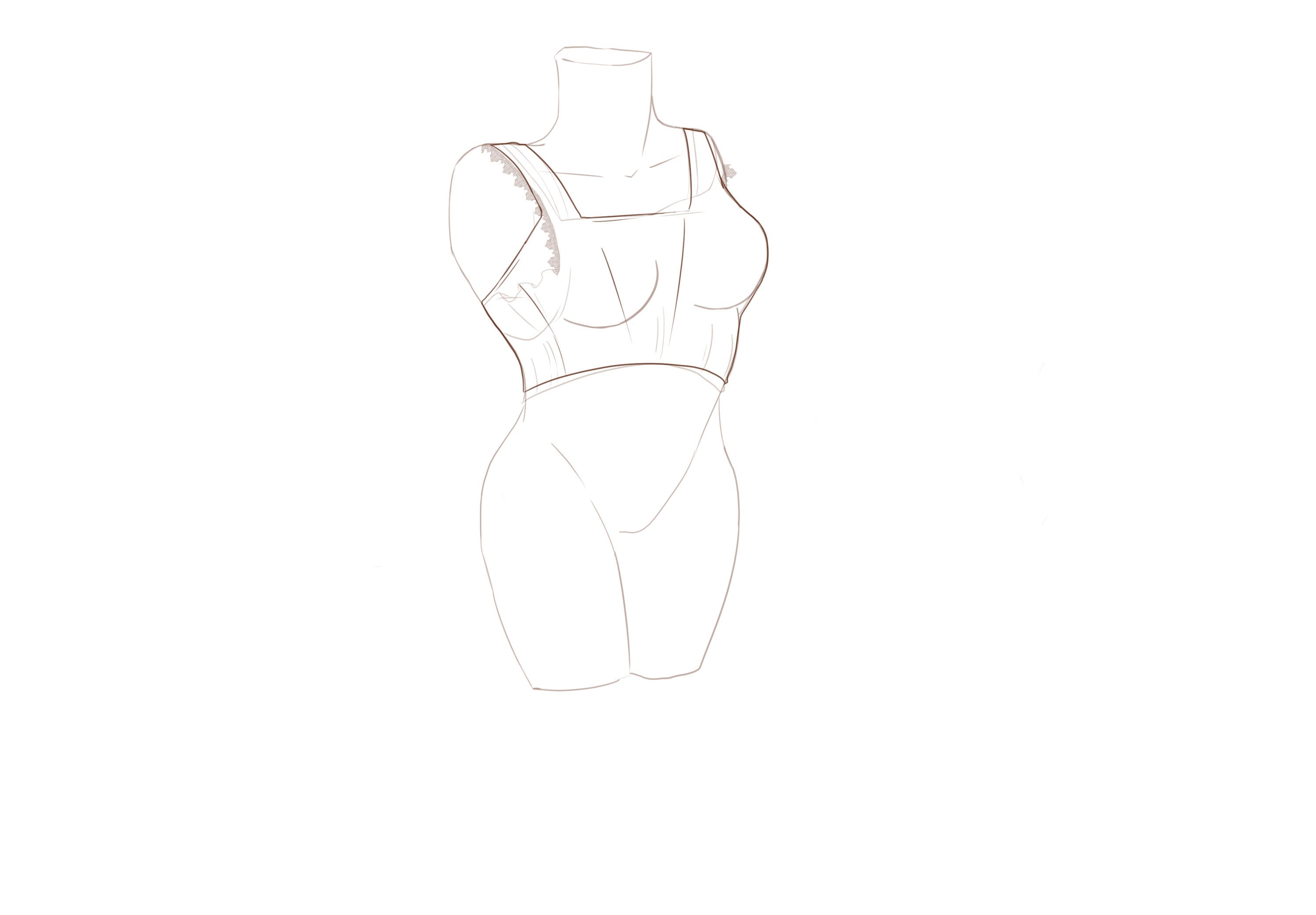
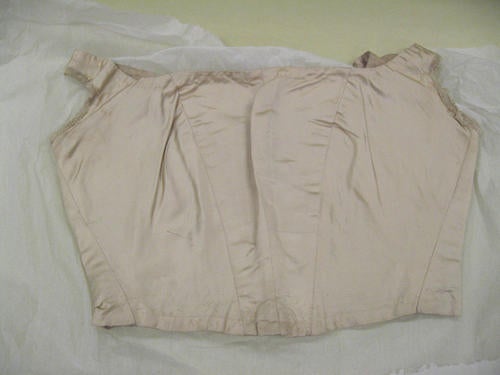
FINAL LAYER
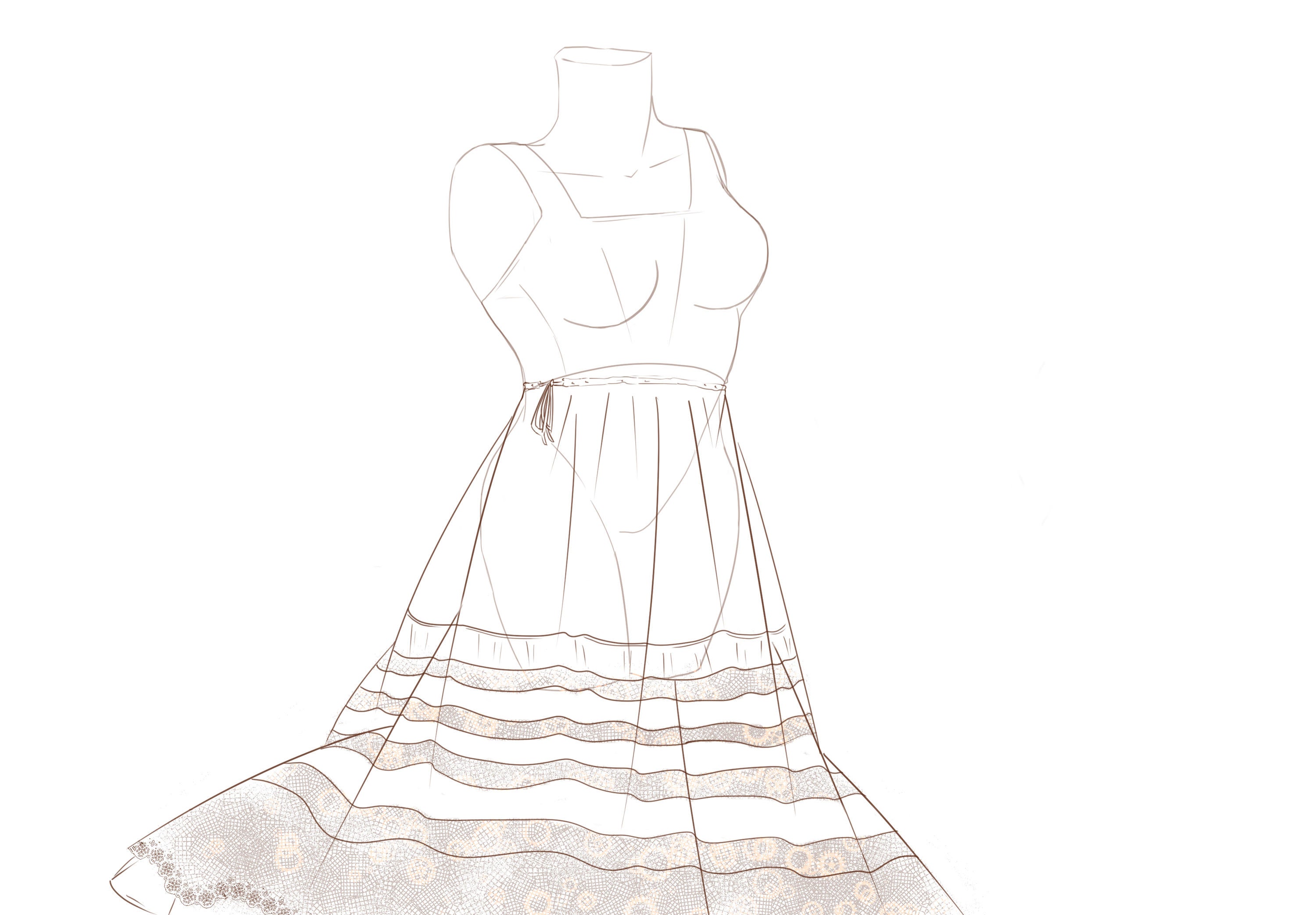
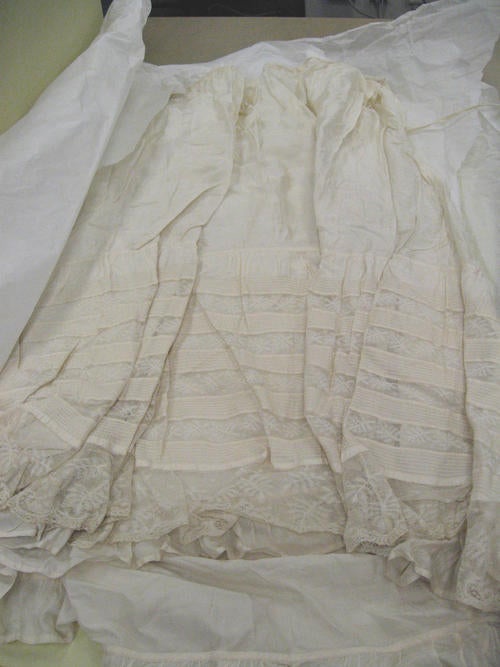
UNDERBODICE
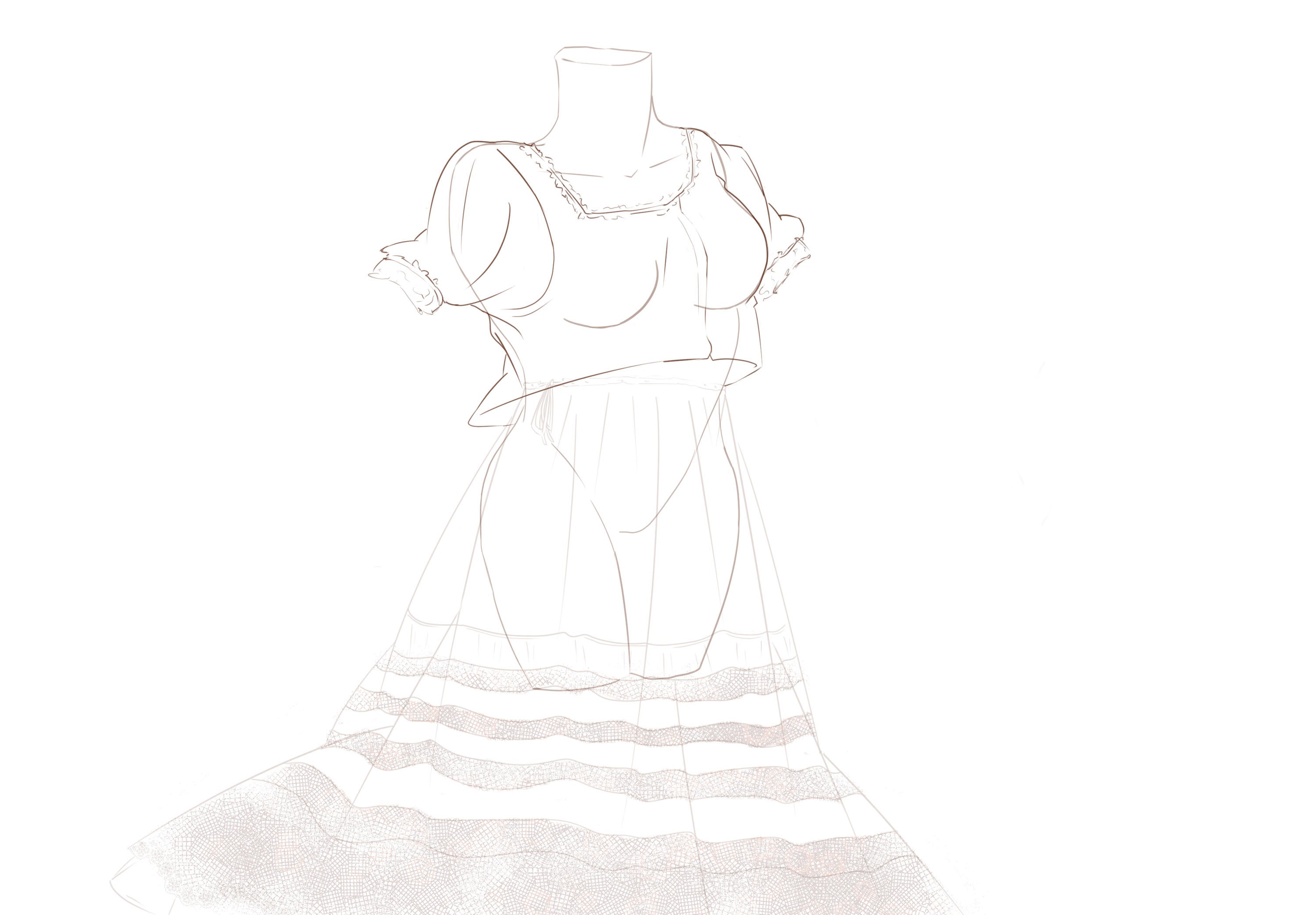
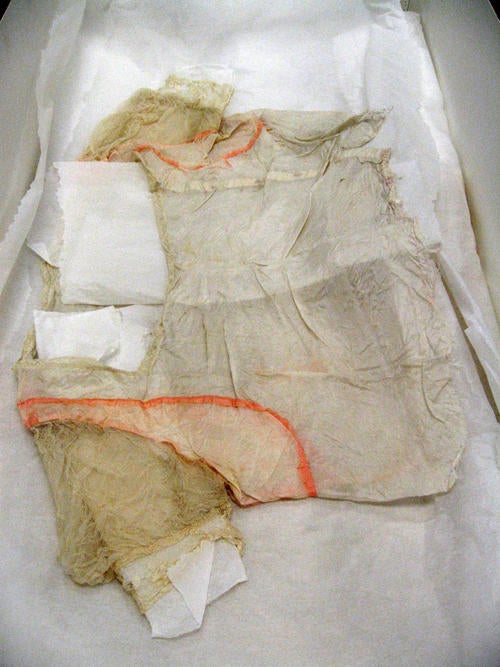
SHOES
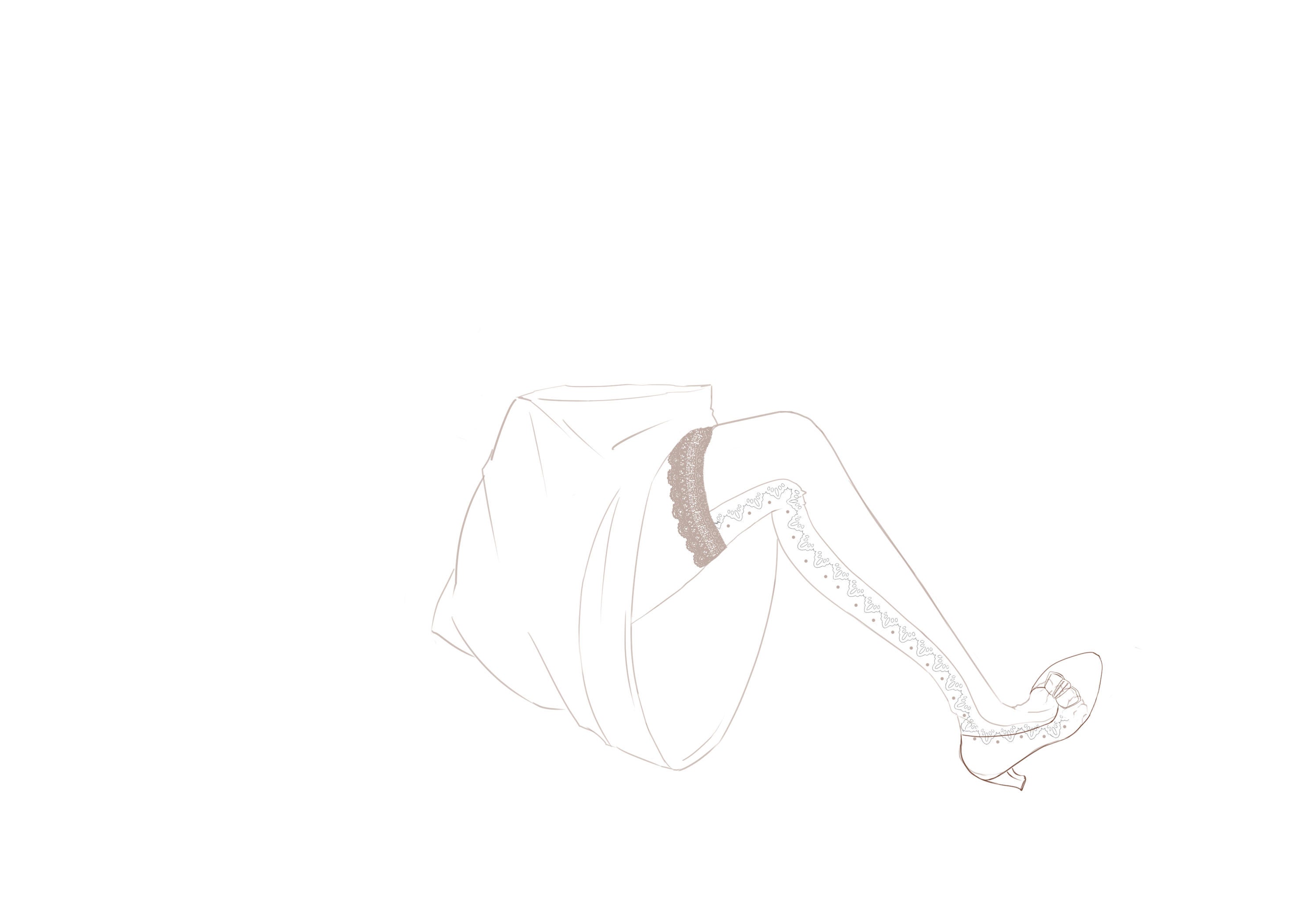
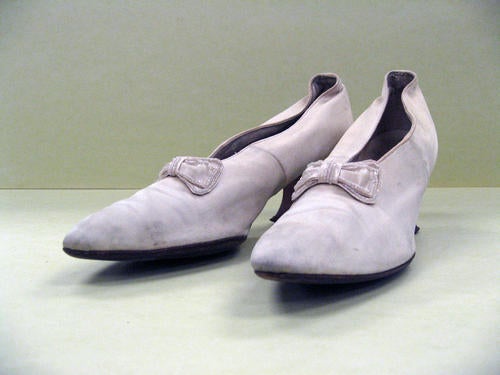
HAIRPIECE & VEIL
